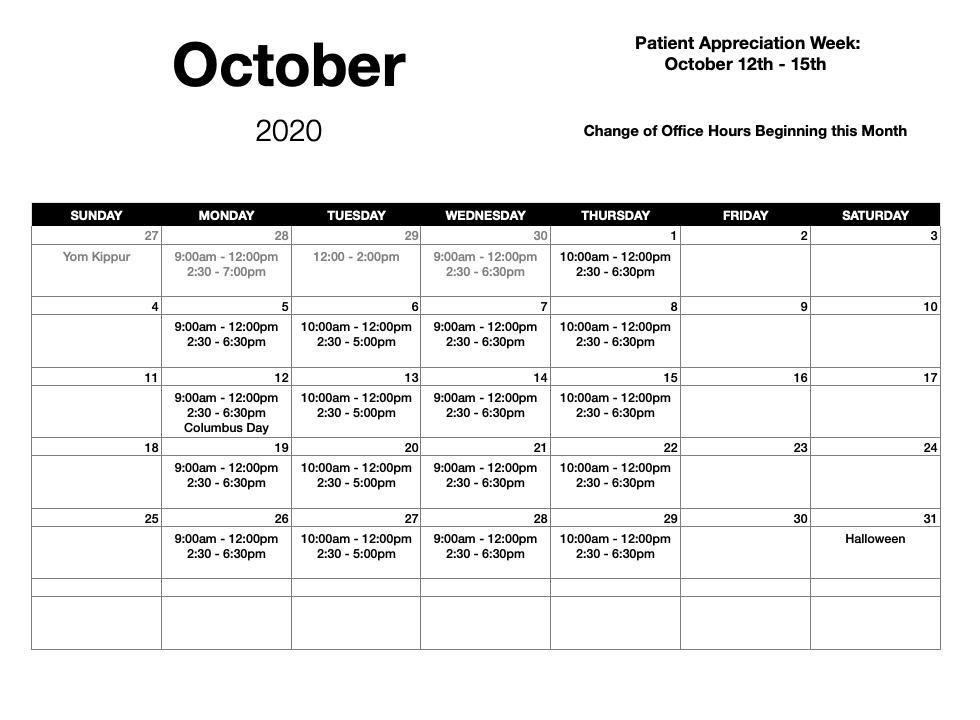
- posted: Sep. 21, 2020

Resolution of Hypothyroidism & Dysautonomia Following Chiropractic Care
The Annals of Vertebral Subluxation Research published a case study on August 31, 2020 describing the positive health outcomes of chiropractic care on a patient with hypothyroidism and dysautonomia. The thyroid gland is important in hormone regulation. Hypothyroidism is a form of thyroid disease in which the thyroid gland does not produce sufficient amounts of thyroid hormone.
“It is estimated that 20 million Americans have some form of thyroid disease, and greater than 12% of the American population will develop a thyroid condition over the course of their lifetime.”
Most thyroid conditions are lifelong and primarily managed by prescribed medications. Many patients have been dissatisfied with this intervention due to its lack of results and increased side effects.
In this case study, a 61-year-old female initially presented to the chiropractor with a gradual onset of thyroid problems, weight gain, decreased energy, migraines, dizziness, vertigo, tinnitus, and Meniere’s disease. After reporting tinnitus and vertigo to her medical doctor, the patient was diagnosed with Meniere’s disease. No information was noted as to how the condition was being treated by her doctor. The primary complaint that led the patient into the chiropractor’s office was the weight gain and increased fatigue that she attributed to her thyroid problems.
A chiropractic exam was performed, which included, static palpation, motion palpation, range of motion, standing postural analysis, digital thermography, and plain film views of the cervical, thoracic, and lumbar spine. The exam revealed vertebral subluxations and paraspinal thermography displayed severe temperature asymmetry in the patient’s cervical, thoracic, and lumbar spine, indicating dysautonomia.
The patient was placed on a care plan that involved her getting adjusted 3-times per week for the first two weeks, and 2-times per week for the following nine weeks. Torque Release Technique was utilized to reduce vertebral subluxations. The chiropractor’s primary goal at each appointment was to locate and correct any vertebral subluxations present. The majority of the patient’s adjustments were performed at the C1 vertebral level and the sacrum.
Significant improvement was found when a digital thermography assessment was done 30-days into the patient’s care plan. At this re-assessment, the patient explained that she had been feeling increased energy, her weight stabilized, and was experiencing decreased bouts of tinnitus. After 2-months of care had passed, the patient returned to her medical doctor and was sent out for blood work. The patient’s blood work results included testing for TSH, T4, T3, FT4, and FT3 levels, and were all within the normal reference range.
In conclusion, chiropractic care utilizing the Torque Release Technique, has shown to be effective to decrease vertebral subluxation, as well as reduce dysautonomia and contribute to improvement of hypothyroidism. Further research on chiropractic care and the efficacy of managing thyroid function by reducing pressure and tension in the spinal cord is suggested.
IMPORTANT ANNOUNCEMENTS!
PATIENT APPRECIATION WEEK: OCTOBER 12TH-15TH! Join us, as we celebrate what makes our practice so special… all of YOU! Though, Patient Appreciation Week will be lacking our typical giant buffet this year (thanks COVID :\), we will have a whole week of deliciousness lined up for you. Each day, during our adjusting hours, we will have a different, individually wrapped, themed treat for you to enjoy. There will also be a raffle each day! This is a week you don’t want to miss. Stay tuned for upcoming flyers for each day’s theme and raffle item!
FALL/WINTER HOURS: Days are getting shorter and schedules/routines are becoming a little more consistent, based on this, there will just be a slight change to our hours for the fall. Starting in October, our new open adjusting schedule will be:. Mondays 9-12 & 2:30-6:30 / Tuesdays 10-12 & 2:30-5:00 / Wednesdays 9-12 & 2:30-6:30 / Thursdays 10-12 & 2:30-6:30. Appointments are not needed, except for new patients. We continue to ask that you please text us at (833) 344-0120, once you arrive in our parking lot and wait for our response before coming in. Thank you!
Seasonal Affective Disorder
As winter approaches, the days grow shorter and the nights get longer. The long nights and cloudy days can actually affect your mood and it is aptly named S.A.D. Seasonal Affective Disorder (SAD) is a type of depression related to changes in the seasons. It is estimated that as many as 20% of Americans are affected by SAD each winter. Also known as the “Winter Blues,” it occurs when the days begin to darken and the sunlight is a at a minimum.
Health and mood are directly linked to sunlight exposure or lack thereof. Serotonin levels, the hormone associated with a good or happy mood, rise when we are exposed to bright light. Melatonin levels increase as the day darkens, and our body will recognize that it’s time to go to bed. Light and darkness control our biological clock and circadian rhythm, which impacts the hormones that regulate our appetite and metabolism.
The typical symptoms of SAD may be similar to depression and include but are not limited to: decreased energy, increased appetite, increased need or desire for sleep, loss of interest in usually pleasurable or fulfilling activities, cravings for carbohydrates, irritability, and weight gain. The primary difference between SAD and depression may very well be the severity of the symptoms, but the clearest indicator is full remission of SAD in the spring and summer months.
Females and young people are at a higher risk of developing SAD. Other risk factors include family history, having clinical depression or bipolar disorder, and living far from the equator. Identifying with one or more risk factors does not mean that you will develop this disorder.
Vitamin D3 supplementation is among one of the strategies recommend by mental health therapists to address SAD, due to the fact that the longer nights and cloudier days can create a Vitamin D deficiency. Conventional treatment most often recommends exposure to bright light daily using a special light source called full-spectrum light therapy, for typically 30 minutes a day. Light therapy has proven to be effective in about 80% of cases. It is also very important to spend as much time outdoors as possible, whenever the sun is out.
Additional recommendations to improve health and subsequently mood during the winter months include exercise, because regular physical activity will naturally increases serotonin levels. We should always get a good night’s sleep is vital for mood and energy levels. It is important to avoid processed foods as they can have a detrimental impact on brain function and mental health. It has also been suggested to optimize gut health and increase high-quality, animal-based omega-3 fats. And always ensure that your family’s spine is aligned and you’re living a life of health and wellness.
Newsletter References:
Annals of Vertebral Subluxation Research, Volume 2020
Various Chiropractic Office Newsletters

